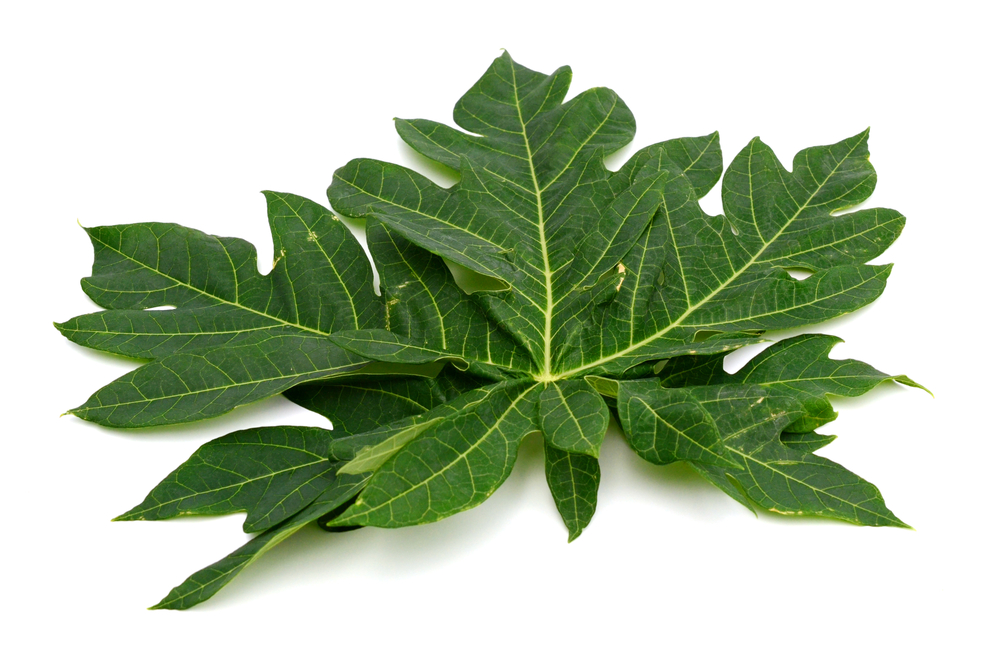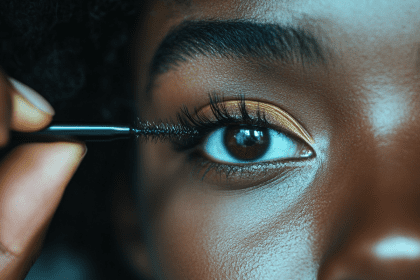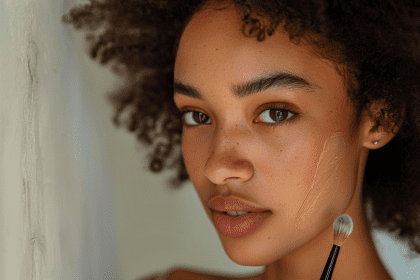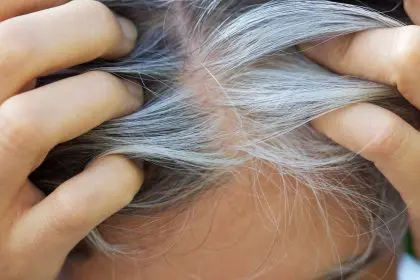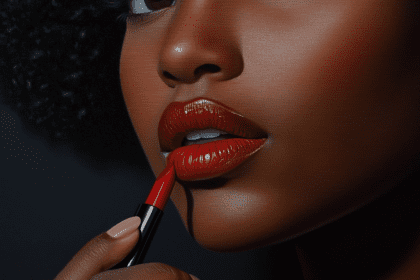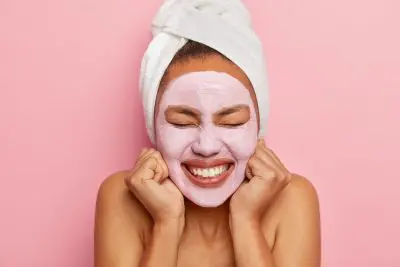That tropical papaya fruit you occasionally grab at the grocery store has been hiding something from you. While you’ve been enjoying its sweet orange flesh, the large green leaves that grew alongside it might be the real hair care superstar you never knew you needed.
Across tropical regions, people have been using papaya leaves in their hair care routines for generations. Now this traditional beauty secret is making waves in mainstream hair care circles as more people discover its transformative effects on lackluster locks.
Why your hair needs papaya leaf power
Your hair faces a daily assault from styling products, environmental pollutants, and heat tools. Over time, these factors strip your strands of natural oils and nutrients, leaving them dull, weak and prone to breakage. Papaya leaves offer a natural remedy to these common hair woes.
The magic lies in the leaf’s impressive nutritional profile. Packed with vitamins A, C, and E, papaya leaves nourish your scalp at the cellular level, creating the optimal environment for healthy hair growth. These vitamins fight free radical damage while supporting the production of sebum, your scalp’s natural moisturizer.
Perhaps most exciting is the presence of papain, a powerful enzyme unique to the papaya plant. This natural compound gently dissolves protein buildup on your hair and scalp without harsh chemicals. Think of it as a reset button for hair that’s been weighed down by product accumulation.
The surprising benefits beyond just clean hair
While most people initially try papaya leaf rinse for cleaner, shinier hair, many discover additional benefits that keep them coming back to this green elixir. The leaf extract contains compounds that naturally balance scalp pH, creating an environment where fungal and bacterial issues struggle to thrive.
For those battling persistent dandruff or itchy scalp conditions, papaya leaf rinse provides welcome relief. Its gentle yet effective antifungal properties address the root causes of flaking without stripping the scalp of necessary moisture. Unlike harsh dandruff shampoos that often trade flake-free results for dried-out strands, papaya leaf nourishes while it treats.
Long-term users report that their hair not only looks healthier but actually grows more quickly and breaks less often. The nutrients in papaya leaves strengthen hair from the follicle to the tip, making strands more resilient against environmental damage and styling stress.
Turning green leaves into hair magic
Creating your own papaya leaf rinse requires minimal effort but delivers maximum results. The process preserves the leaf’s beneficial enzymes while making them accessible to your hair and scalp.
Start by collecting several medium-sized fresh papaya leaves. If you don’t have a papaya tree in your yard, check local Asian or Latin American markets, which often carry the leaves. Choose bright green leaves without brown spots for the highest enzyme content.
Place the leaves in a large pot with approximately four cups of water. Bring to a gentle boil, then reduce heat and simmer for 10-15 minutes. The water will gradually take on a greenish-brown tint as the beneficial compounds infuse into the liquid.
Remove from heat and allow the mixture to cool completely. Strain out the leaves, reserving the liquid in a clean container. For best results, use this rinse after shampooing but before conditioning your hair.
Making it part of your beauty routine
To incorporate papaya leaf rinse into your hair care regimen, shampoo as normal, then pour the cooled leaf infusion over your hair, massaging gently into your scalp. The first thing you’ll notice is how different this feels from commercial products. There’s no artificial lather or fragrance, just plant essence doing what nature intended.
Leave the rinse on for three to five minutes to allow the enzymes and nutrients to penetrate your hair shaft and scalp. Some people report a slight tingling sensation as the papain enzyme activates on the scalp. This is normal and indicates the treatment is working.
Rinse thoroughly with cool water, which helps seal the hair cuticle for maximum shine. Follow with a light conditioner if needed, though many find the papaya leaf rinse leaves their hair so manageable that heavy conditioning becomes unnecessary.
Storing your green hair potion
Fresh papaya leaf rinse works best, but you can store excess solution in the refrigerator for up to one week in a sealed container. The cool temperature helps preserve the active enzymes, though some potency will naturally diminish over time.
For convenient future use, freeze portions of the rinse in ice cube trays. These frozen cubes can be thawed as needed or even used cold for a refreshing scalp treatment during hot weather. The cold application helps reduce scalp inflammation while temporarily tightening pores for a tingling, invigorating sensation.
Some users enhance their rinse by adding complementary ingredients like rosemary for additional growth stimulation or a splash of apple cider vinegar for extra clarifying power. These additions can be integrated during the brewing process or added to the strained liquid afterward.
Who benefits most from this green remedy
While papaya leaf rinse works for most hair types, certain conditions respond especially well to this treatment. Those with product buildup, oily scalp issues, or dandruff typically see dramatic improvements after just a few applications.
People with fine, limp hair often find that papaya leaf rinse adds volume and body without the need for styling products. The gentle cleansing action removes weigh-down factors while the nutrients strengthen each strand, creating the appearance of fuller, thicker hair.
Those recovering from heat or chemical damage also benefit greatly. The concentrated vitamins and minerals in papaya leaves support the repair process, helping damaged hair regain strength and elasticity more quickly than with conventional treatments alone.
The natural hair community particularly embraces papaya leaf rinse as part of a holistic approach to hair care. Its ability to gently clarify without disrupting natural curl patterns makes it ideal for those avoiding harsh surfactants and silicones that can damage delicate curl structures.

